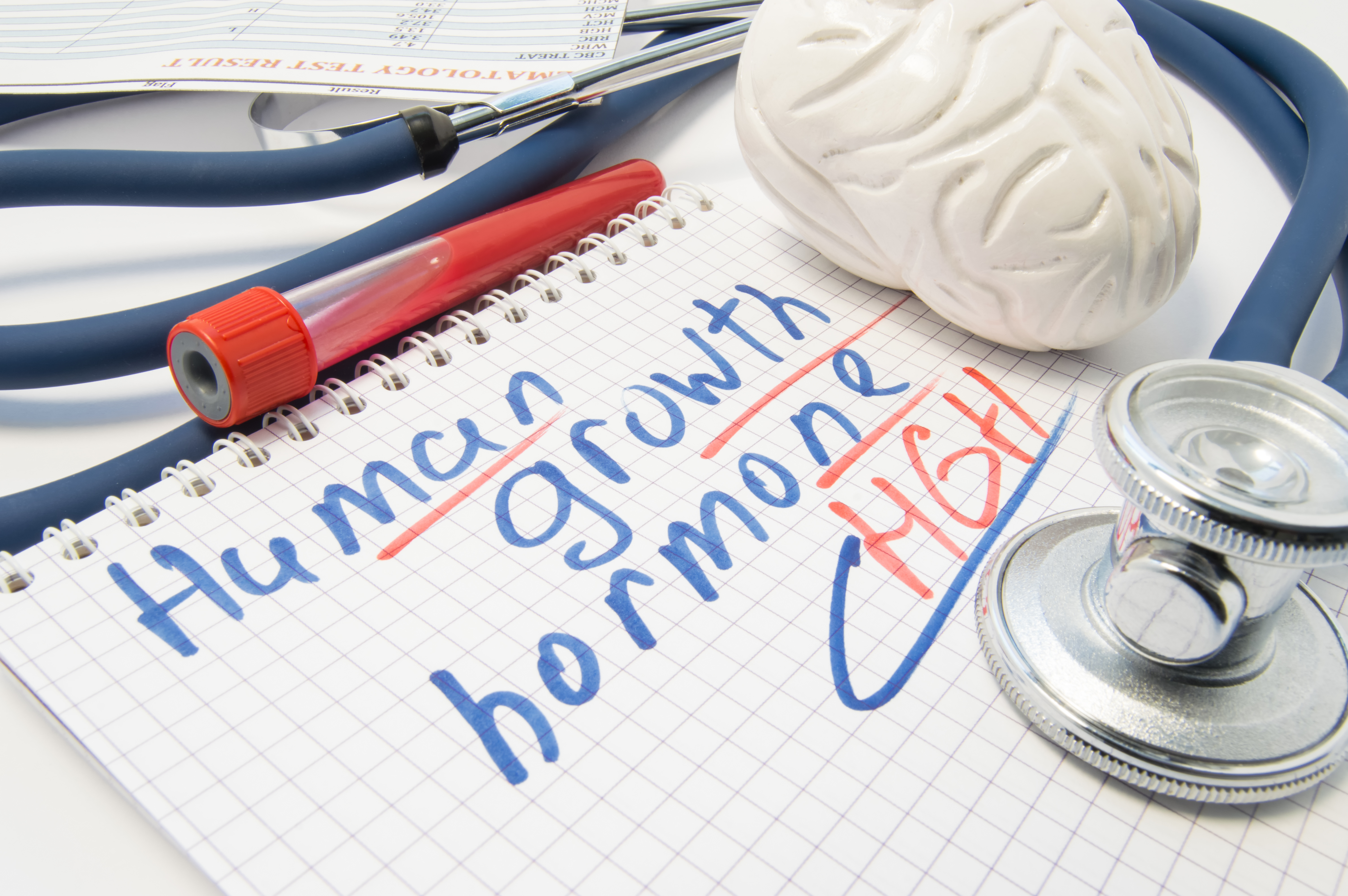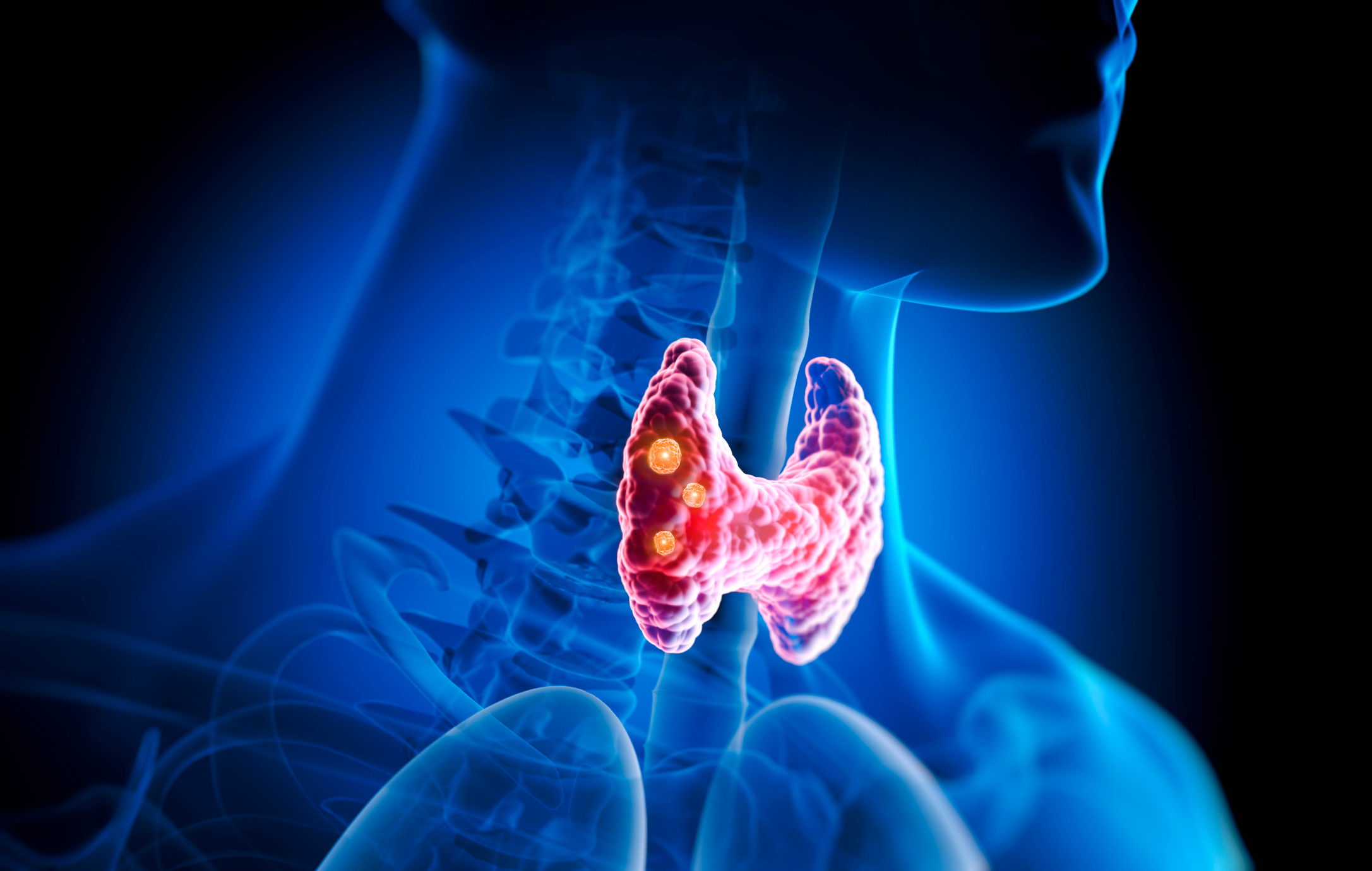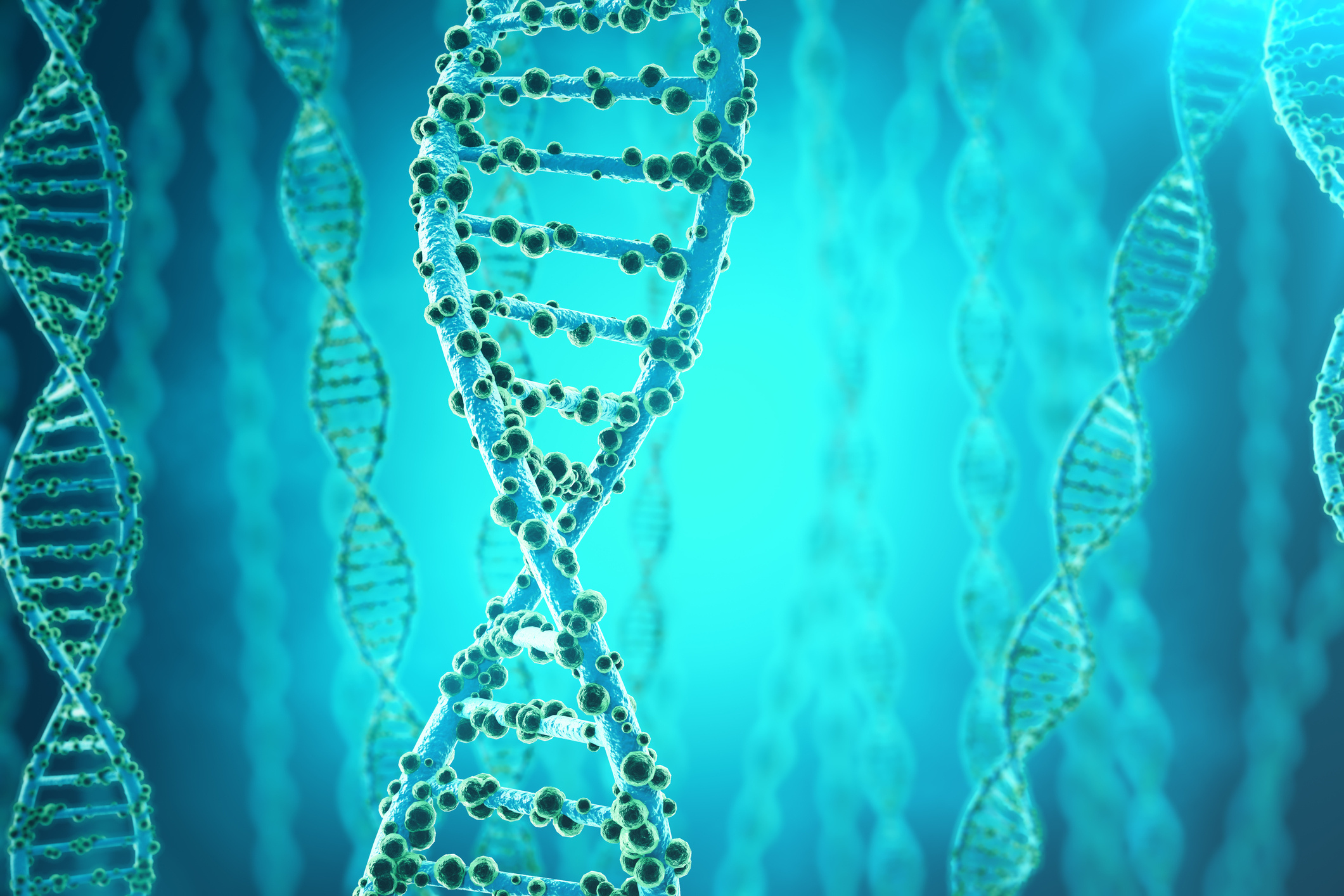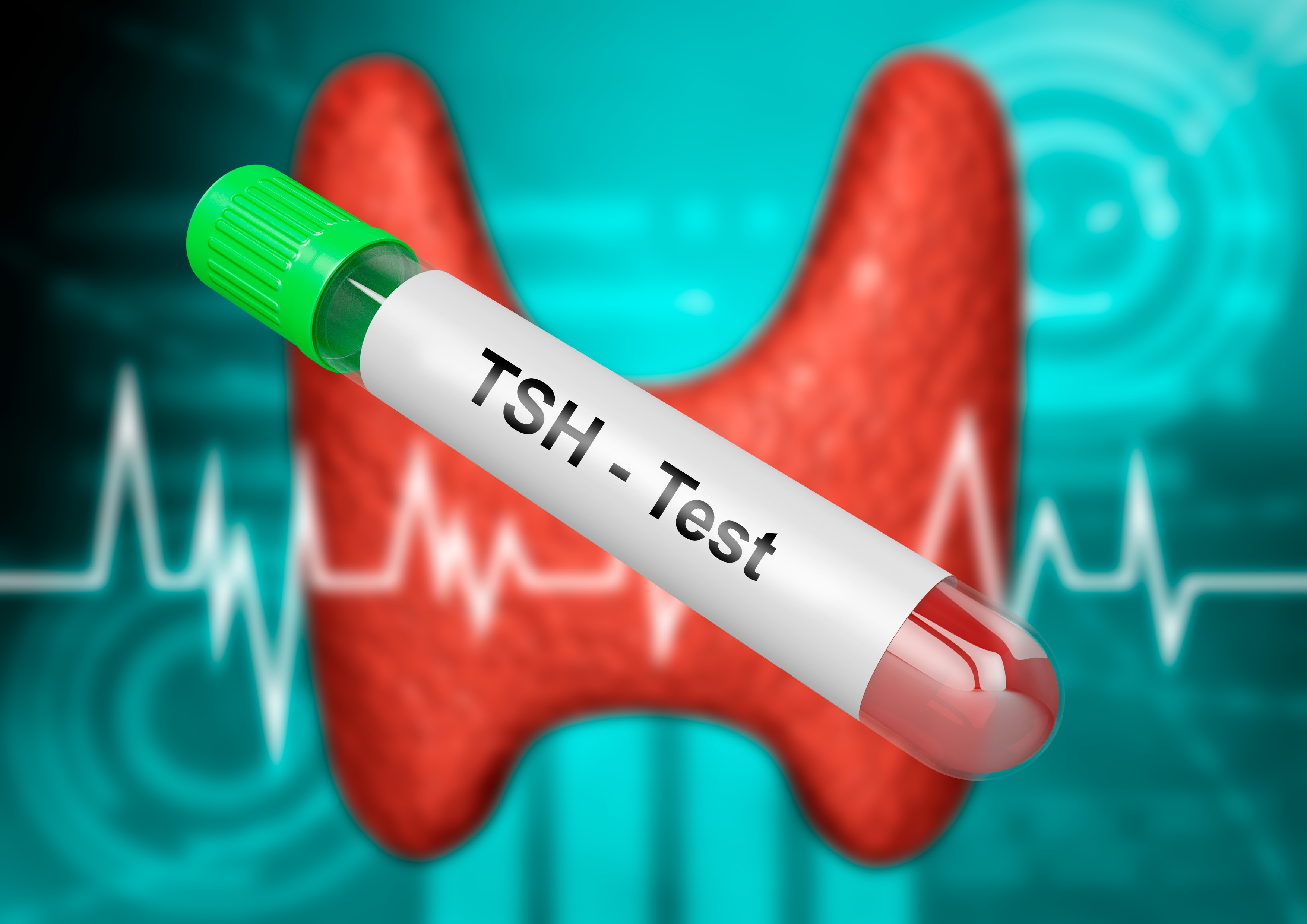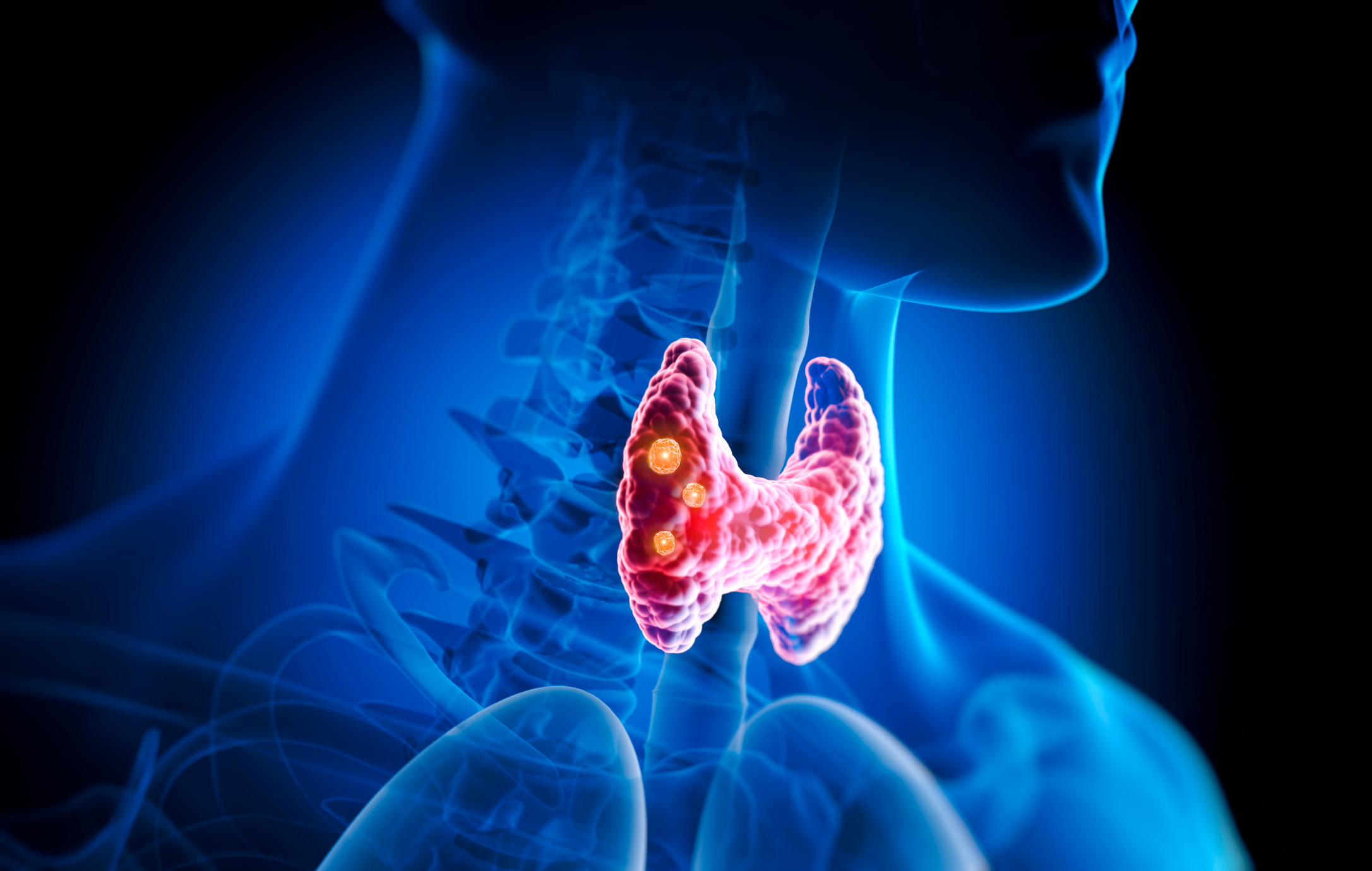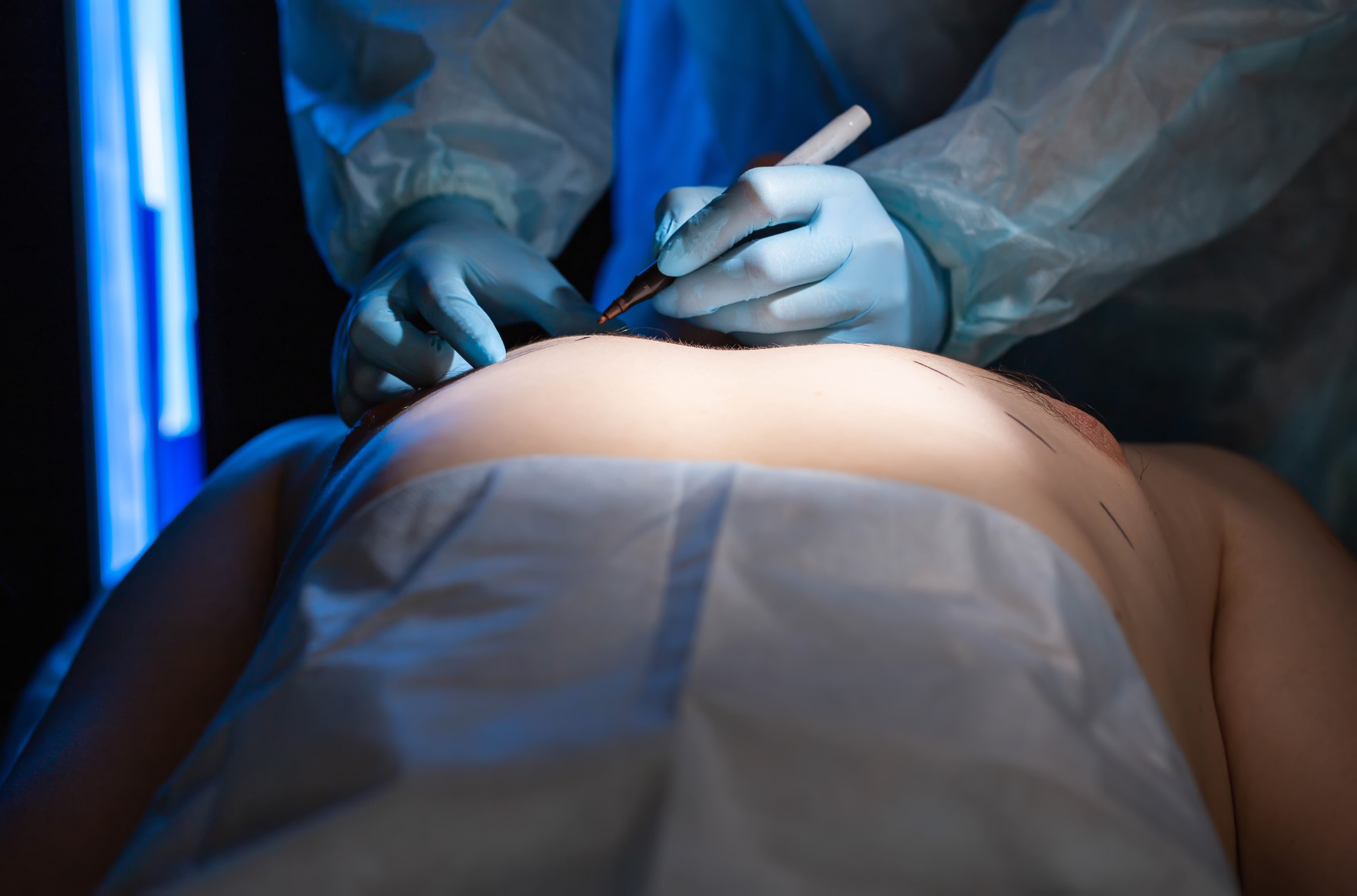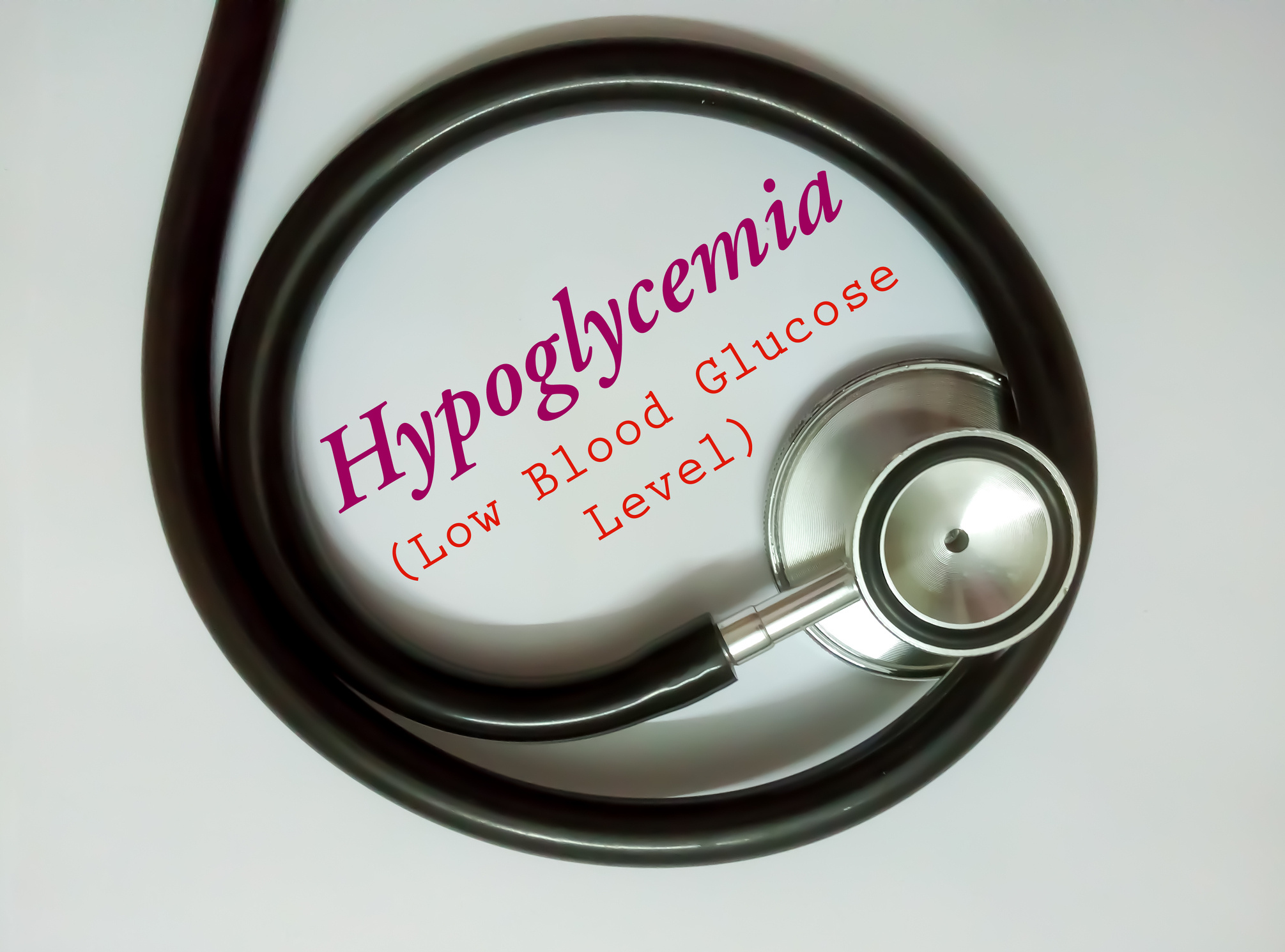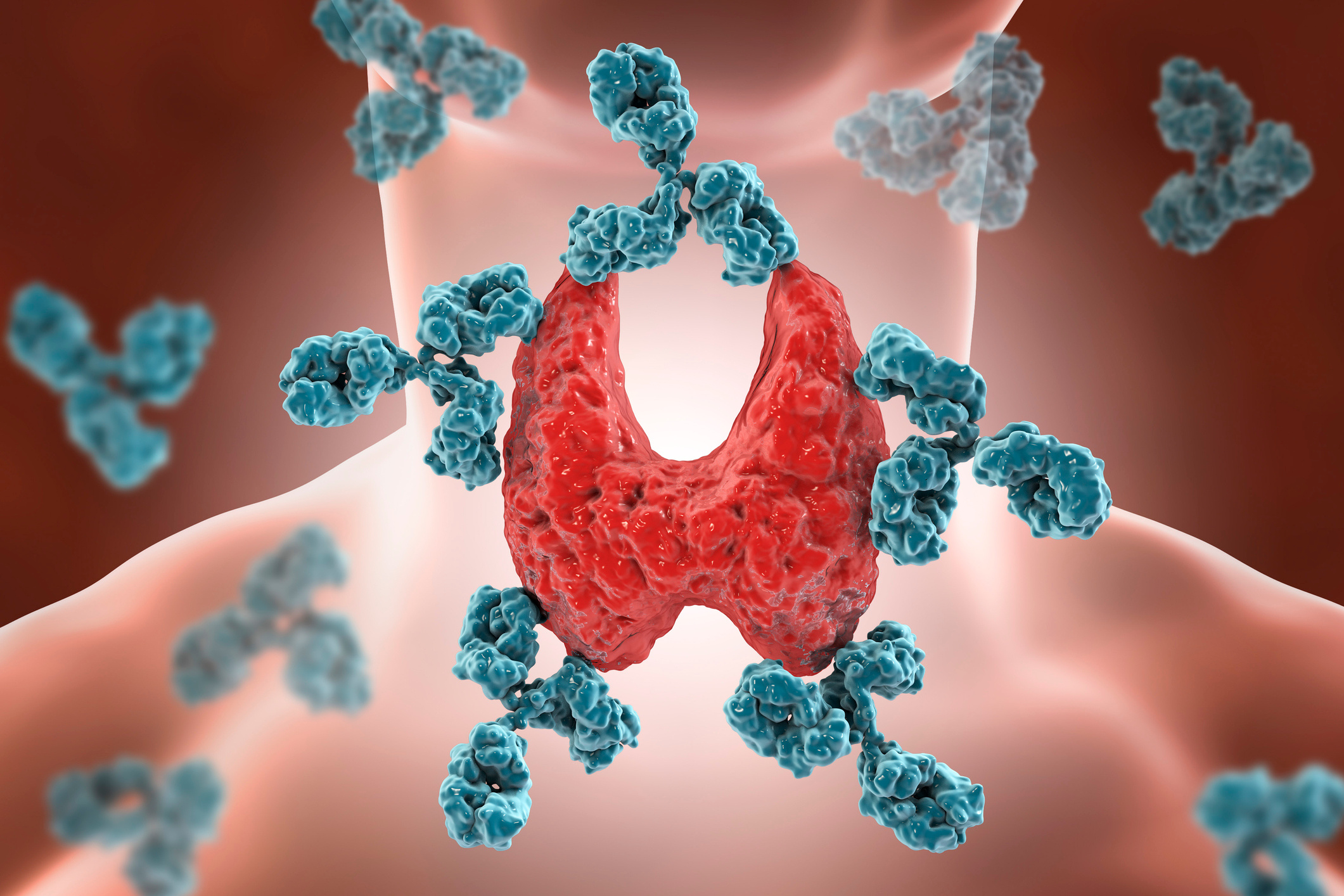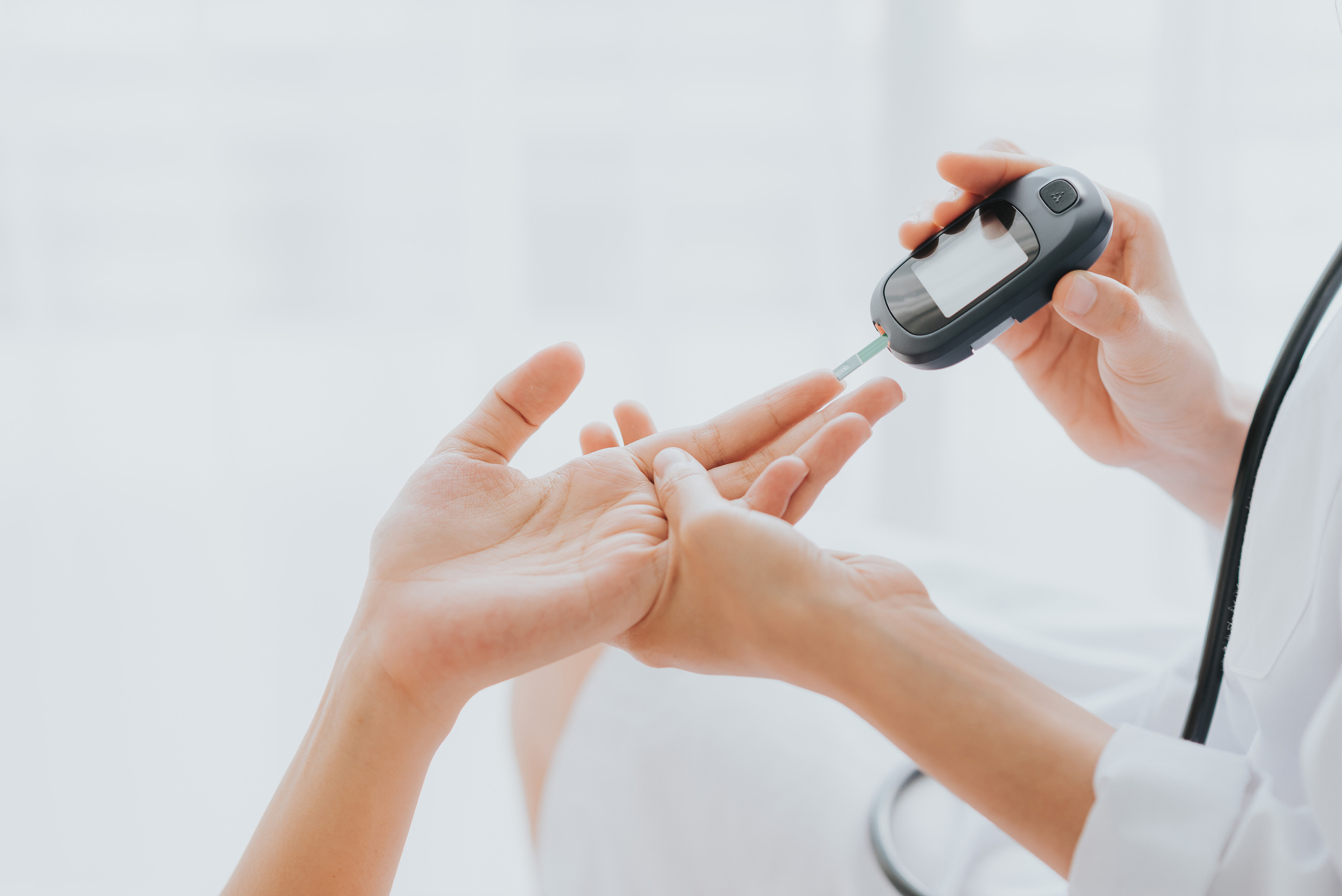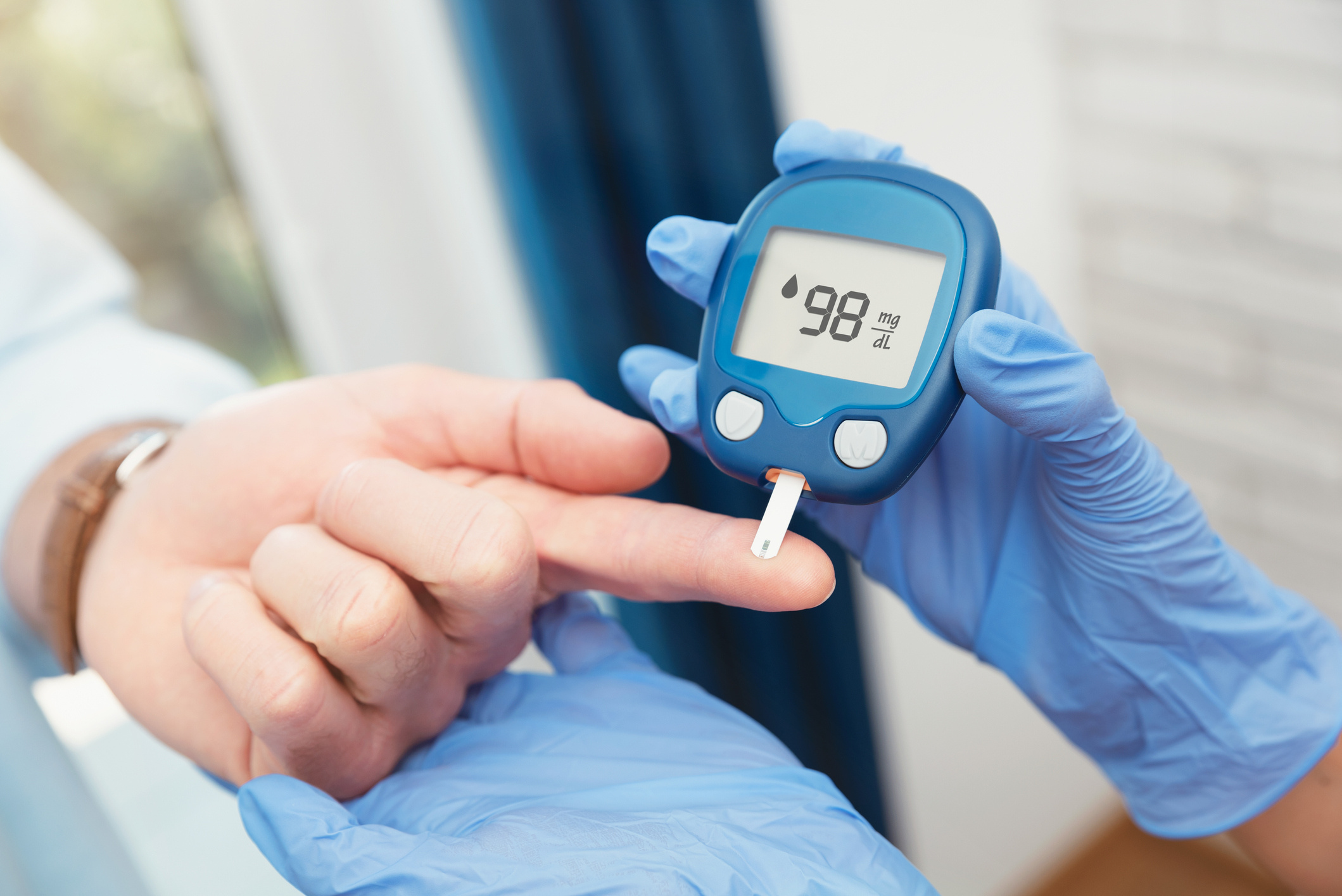
İlhan Tarkun
Joined the Anadolu Medical Center in 2018 in the position of endocrinology specialist.
Speciality
- Endocrinology and metabolic diseases
- Diabetes Thyroid diseases
- Hypophysis diseases Obesity
- Diseases of the adrenal gland
Education
- 1989 – Marmara University, Faculty of Medicine
- 1996 – Specialisation in internal diseases at the Hospital for Diagnostics and Analytics Haydarpaşa Istanbul
- 2001 – Further specialisation at the Kocaeli University, Faculty of Medicine, Division of Internal Diseases, Department of Endocrinology and Metabolic Disorders
- 2006 – Assistant professor at the Kocaeli University, Faculty of Medicine, Division of Internal Diseases, Department of Endocrinology and Metabolic Disorders
- 2011 – 2018 Professor at the Kocaeli University, Faculty of Medicine, Division of Internal Diseases, Department of Endocrinology and Metabolic Disorders
Institutions Worked At
Graduated from Marmara University, Faculty of Medicine, in 1989, and completed his specialist education in internal diseases at the Hospital for Diagnostics and Analytics Haydarpaşa Istanbul. Took up a position at Kocaeli University in 1999 to further specialise in endocrinology and metabolic disorders. Completed his specialist education in endocrinology and metabolic diseases in 2001, became assistant professor in 2006 and was later appointed professor at the same university. Worked in the university’s Department of Endocrinology and Metabolic Disorders from 2011-2018. Joined the Anadolu Medical Center in 2018 in the position of endocrinology specialist.
“Lipoprotein (a) concentrations in patient with type 2 diabetes mellitus without cardiovascular diseaserelationship to metabolic parameters and diabetic complications”, Türkiye Diyabet Vakfı, Diabetes Mellitus Bilimsel Yayın Destek Ödülü, En İyi Makale Üçüncülük Ödülü (2003).
“Bozulmuş glukoz toleransı veya açlık glukozu bulunan 102 hastanın yaklaşık iki yıllık izlem sonuçları”, II. Türk Obezite Kongresi ve I. Beslenme Sempozyumu, 2004, Denizli, Mansiyon Ödülü.
“Endothelial dysfunction in young woemn with polycystic ovary syndrome:Relationship with insulin resistance and lowgrade chronic inflammation”, Türkiye Diyabet Vakfı, Diabetes Mellitus Bilimsel Yayın Destek Ödülü, En İyi Makale Birincilik Ödülü (2005).
53. Ulusal Diyabet Kongresi, En İyi Bildiri Üçüncülük Ödülü (2017).
- Member of the board of directors of the Turkish Diabetes Association
- Member of the board of trustees of the Turkish Diabetes Foundation
- Member of the Accreditation and Competency Board of the Turkish Endocrinology and Metabolic Diseases Society
- Turkish Endocrinology and Metabolic Diseases Society
- American Diabetes Association (ADA)
- American Diabetes Organisation (ENDO)
Awards
2003 - Third prize in the Best Publication category of the Scientific Publication Support Award on Diabetes Mellitus of the Turkish Diabetes Foundation for a study entitled: “Lipoprotein (a) concentrations in patient with type 2 diabetes mellitus without cardiovascular disease relationship to metabolic parameters and diabetic complications”.
2004 – Honourable mention at the 1st Nutrition Symposium and 2nd Turkish Obesity Congress, Denizli, for his study on “Bozulmuş glukoz toleransı veya açlık glukozu bulunan 102 hastanın yaklaşık iki yıllık izlem sonuçları – Results of about two years of observation of 102 patients with glucose tolerance disorder or fasting glucose”
2005 – First prize in the Best Publication category of the Scientific Publication Support Award on Diabetes Mellitus of the Turkish Diabetes Foundation for a study entitled: “Endothelial dysfunction in young women with polycystic ovary syndrome: Relationship with insulin resistance and low grade chronic inflammation”,
2017 – Third prize in the Best Presentation category at the 53rd National Diabetes Congress
1. Selek A., Çetinarslan B., Cantürk Z., Tarkun İ., Akyay OZ., Çabuk B., Ceylan S., The Utility of Preoperative ACTH/Cortisol Ratio for the Diagnosis and Prognosis of Cushing's Disease, J. Neurosci Rural Pract. 2018 Jan-Mar; 9(1): 106-11. doi: 0.4103/jnrp.jnrp_308_17.
2. Gürkan E., Tarkun İ.*, Şahin T., Effect of Exenatide on Aortic Stiffness and Blood Pressure Parameters. Turkish Journal of Endoc. Metab. 2017 21(4); 97-103.
3. İ. Tarkun, S. Dumanlı Attitudes, wishes, and needs of diabetes patients and their relatives: Turkish data from the DAWN2 study. Turkish J. Med Sci 2017 Apr 18;47(2):447-45.
4. Karci AC, Canturk Z, Tarkun İ., Çetinarslan B., Matrix metalloproteinase 2 (MMP-2) levels are increased in active acromegaly patients.
5. Selek A, Çetinarslan B, Tarkun İ, Cantürk Z, Üstüner B, Akyay Z., Thyroid autoimmunity: is really associated with papillary thyroid carcinoma? Eur Arch Otorhinolaryngol. 2017 Mar; 274(3): 1677-1681.
6. Selek A., Barış S., Çetinarslan B., Cantürk Z., Tarkun İ., Akyay Z., New-Onset Sarcoidosis After Remission of Cushing's Syndrome. Turk Thorac J. 2016 Jan;17(1):35-37.
7. Selek A., Çetinarslan B., Kıvrakoğlu E., Karadağ DT., Tarkun İ., Cantürk Z., Akyay OZ., Histologic outcome of thyroid nodules with repeated diagnosis of atypia in thyroid fine-needle aspiration biopsy. Future Oncol. 2016 Mar; 12(6): 801-5.
8. Selek A., Çetinarslan B., Gürbüz Y., Tarkun İ., Cantürk Z., Çabuk B. Aromatase enzyme expression in acromegaly and its possible relationship with disease prognosis. Endocrine 2015 May; 49(1):250-7.
9. Green JB, Bethel MA, Armstrong PW, Buse JB, Engel SS, Garg J., Josse R., Kaufman KD, Koglin J., Korn S., Lachin JM, McGuire DK, Pencina MJ, Standl E, Stein PP, Suryawanshi S., Van de Werf F., Peterson ED, Holman RR; TECOS Study Group. Effect of Sitagliptin on Cardiovascular Outcomes in Type 2 Diabetes. N. Engl J. Med. 2015 Jul 16;373(3):232-42.
10. Gürkan E., Tarkun İ., Şahin T., Çetinarslan B., Cantürk Z., Evaluation of exenatide versus insulin glargine for the impact on endothelial functions and cardiovascular risk markers. Diabetes Res Clin Pract. 2014 Dec;106(3): 567-75.
11. Gürkan E., Gürbüz Y., Tarkun İ., Cantürk Z., Çetinarslan B. Mixed medullary-papillary carcinoma of the thyroid: report of two cases and review of the literature. Indian J. Pathol Microbiol. 2014 Oct-Dec;57(4):598-602
12. Komşuoglu Çelikyurt I., Mutlu O., Ulak G., Uyar E., Bektaş E., Yıldız Akar F., Erden F., Tarkun İ., Exenatide treatment exerts anxiolytic- and antidepressant-like effects and reverses neuropathy in a mouse model of type-2 diabetes. Med Sci Monit Basic Res. 2014 Jul 30; 20: 112-7.
13. Nicolucci A., Kovacs Burns K., Holt RI., Comaschi M., Hermanns N., Ishii H., Kokoszka A., Pouwer F., Skovlund SE., Stuckey H., Tarkun İ., Vallis M., Wens J., Peyrot M Diabetes Attitudes, Wishes and Needs second study (DAWN2™): cross-national benchmarking of diabetes-related psychosocial outcomes for people with diabetes. DAWN2 Study Group. Diabet Med. 2013 Jul; 30(7): 767-77.
14. Holt RI, Nicolucci A., Kovacs Burns K., Escalante M., Forbes A., Hermanns N, Kalra S., Massi-Benedetti M., Mayorov A., Menéndez-Torre E., Munro N., Skovlund SE., Tarkun İ., Wens J., Peyrot M. Diabetes Attitudes, Wishes and Needs second study (DAWN2™): cross-national comparisons on barriers and resources for optimal care-healthcare professional perspective.;. Diabet Med. 2013 Jul; 30(7): 789-98.
15. Kovacs Burns K., Nicolucci A, Holt RI., Willaing I, Hermanns N., Kalra S., Wens J., Pouwer F., Skovlund SE, Peyrot M.; DAWN2 Study Group Diabetes Attitudes, Wishes and Needs second study (DAWN2™): cross-national benchmarking indicators for family members living with people with diabetes. Diabet Med. 2013 Jul; 30(7): 778-88.
16. Emre Dikmen, İlhan Tarkun, Zeynep Cantürk, Berrin Çetinarslan, Plasma visfatin level in women with polycystic ovary syndrome. Gynecological Endocrinology 27(7): 475-479, 2011.
17. Emre Dikmen, İlhan Tarkun, Funda Öztürk, Berrin Arslan, Zeynep Cantürk. Plasma adiponectin and resistin levels in women with polycystic ovary syndrome: relation to body mass index and insulin resistance. Turkish Journal of Medical Sciences 41(1): 45-52, 2011.
18. Erdem Türemen, Berrin Çetinarslan, Tayfun Şahin, Zeynep Cantürk, İlhan Tarkun. Endothelial dysfunction and low grade chronic inflammation in subclinical hypothyroidism due to autoimmune thyroiditis. Endocrine Journal 58(5): 349-354, 2011.
19. Tarkun İ, Dikmen E,, Cetinarslan B,, Cantürk Z., Impact of treatment with metformin on adipokines in patients with polycystic ovary syndrome. European Cytokine Network 21(4); 272-77.
20. Türemen E., Arslan B., Tarkun İ., Cantürk Z., “Cushingoid stria and Cushingoid appearance in a patient with incidentaloma.” Endocrine Practice, 12 (1):103-104 (2006) .
21. Tarkun İ., Çetinarslan B., Türemen E., Şahin T., Cantürk Z., “Effect of Rosiglitazone on insulin resistance, C-reactive protein and endothelial function in nonobese young women with PCOS” European Journal of Endocrinology, 153, 115-121 (2005).
22. Tarkun İ., Hacıhanefioğlu A., Tarkun P., Çetinarslan B., Cantürk Z. “Anticardiolipin and anti-β2 glycoprotein I antibody concentrations in patients with type 2 diabetes mellitus”, Diabetes Research and Clinical Practice, 68, 181-187 (2005).
23. Özdemir G, Özden M, Maral H, Kuskay S, Çetinalp P, Tarkun İ. “Malondialdehyde, glutathione, glutathione peroxidase and homocysteine levels in type 2 diabetic patients with and without microalbuminuria.” Annals of Clinical Biochemistry 42, 99-104 (2005).
24. Tarkun İ., Arslan B., Cantürk Z., Türemen E., Şahin T., Duman C. “Endothelial dysfunction in young women with polycystic ovary syndrome: Relationship with insulin resistance and low-grade chronic inflammation”, Journal of Clinical Endocrinology and Metabolism, 89, 5592-5596 (2004) ( Bu yayının özeti aşağıdaki dergi tarafından JCEM’ den izin alınarak ve editör yorumu eklenerek Obstetrical and Gynecological Survey 60, 180-181, 2005 yayınlanmıştır).
25. Tarkun İ., Cantürk Z., Arslan B., Türemen E., Tarkun P. “The plasminogen activator system in young and lean women with polycystic ovary syndrome”, Endocrine Journal, 51, 467-472 (2004).
26. Şengül E., Çetinarslan B., Tarkun İ., Cantürk B., Türemen E. “Homocysteine concentrations in subclinical hypothyroidism”, Endocrine Research, 30, 351-359 (2004).
27. Tarkun İ., Çetinarslan B., Cantürk Z., Tarkun P., Ağaçdiken A., Komşuoğlu B. “Homocysteine concentrations in type 2 diabetic patients with silent myocardial ischemia: A predictive marker”, Journal of Diabetes and its Complications, 18, 165-168 (2004).
28. Cantürk Z., Çetinarslan B., Tarkun İ., Cantürk N.Z., Özden M. “Lipid profile and lipoprotein (a) as a risk factor for cardiovascular disease in women with subclinical hypothyrodism”, Endocrine Research, 29, 307-16 (2003).
29. Cantürk Z., Çetinarslan B., Tarkun İ., Cantürk N.Z. “Serum ferritin levels in poorly and well controlled diabetes mellitus”, Endocrine Research, 29, 299-306 (2003).
30. Cantürk Z., Çetinarslan B., Tarkun İ., Cantürk N.Z., Özden M., Duman C. “Hemostatic system as a risk factor for cardiovascular disease in women with subclinical hypothyroidism”, Thyroid ,13, 971-7 (2003).
31. Cantürk Z., Cantürk N.Z., Çetinarslan B., Utkan N.Z., Tarkun İ., “Nosocomial infections and obesity in surgical patients”, Obesity Research, 11, 760-75 (2003).
32. Çetinarslan B., Akkoyun M., Cantürk Z., Tarkun İ., Kahraman G., Komsuoğlu B. “Duration of the P wave dispersion in subclinical hyperthyroidism”, Endocrine Practice, 9, 200-203 (2003).
33. Tarkun İ., Çetinarslan B., Cantürk Z. “Lipoprotein (a) concentrations in patients with type 2 diabetes mellitus without cardiovascular disease: relationship to metabolic parameters and diabetic complications”, Nutrition Metabolism and Cardiovascular Disease, 12, 127-131 (2002).
Over 150 oral and poster presentations at national and international congresses
As of 2018, his publications have been cited over 1200 times.
Featured Cancer Articles
- 6 Nutrition Tips for Those Who Fast
- What is Disease X (Virus X)?
- How Does Cancer Form?
- What is an Ovarian Cyst?
- What is Cervical Cancer?
- What Are the Symptoms and Treatment Methods of Testicular Cancer?
- Symptoms, Diagnosis, and Treatment Process of Bladder Cancer
- Liver Cancer
- What is Stomach Cancer? What are Its Symptoms and Treatment?
- Thyroid: What is it, Symptoms, Diagnosis, and Treatment




